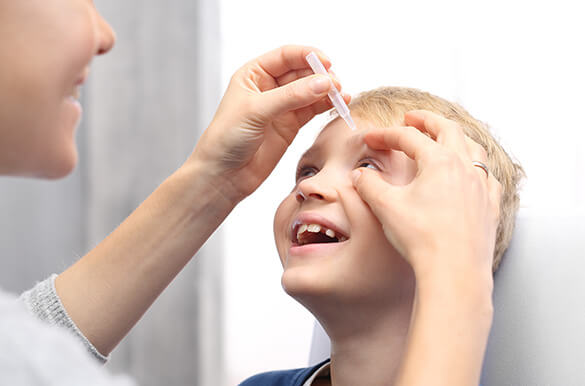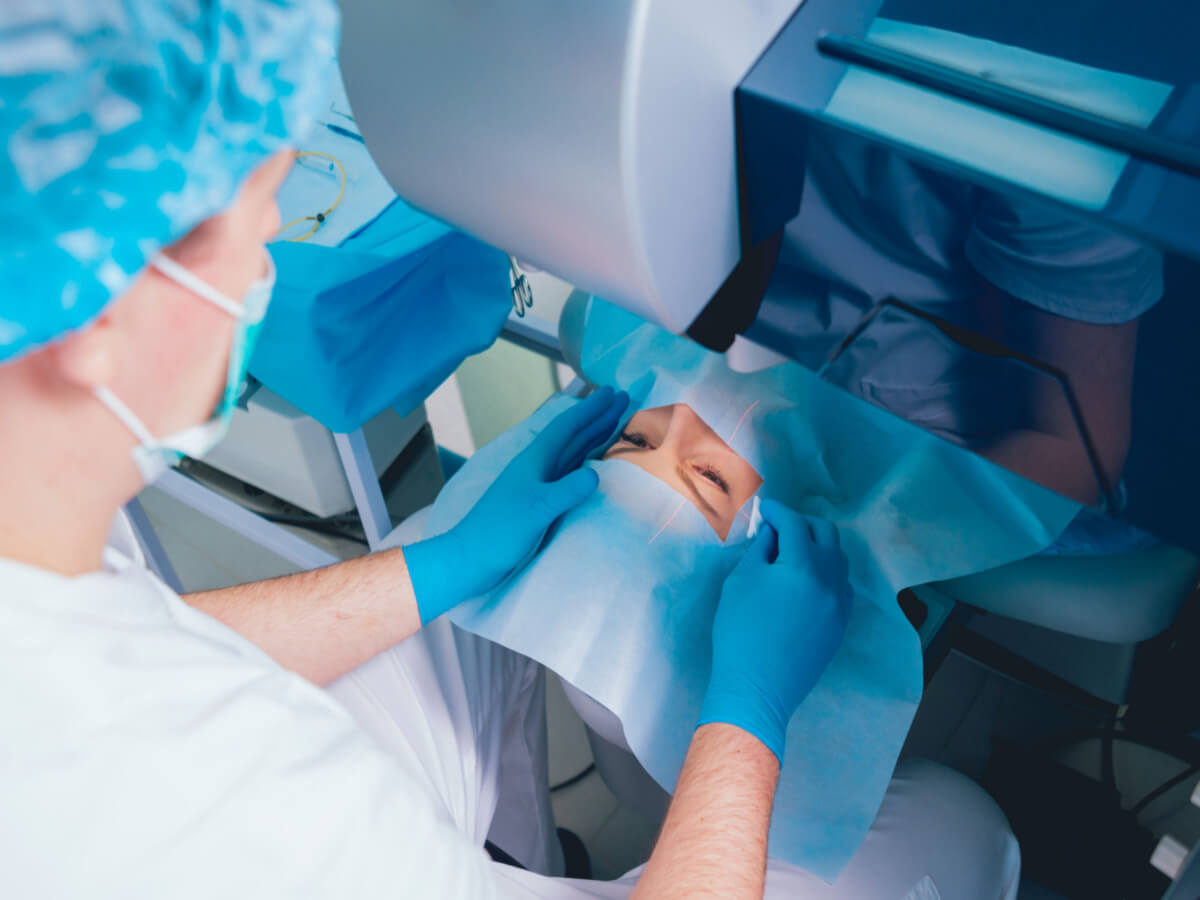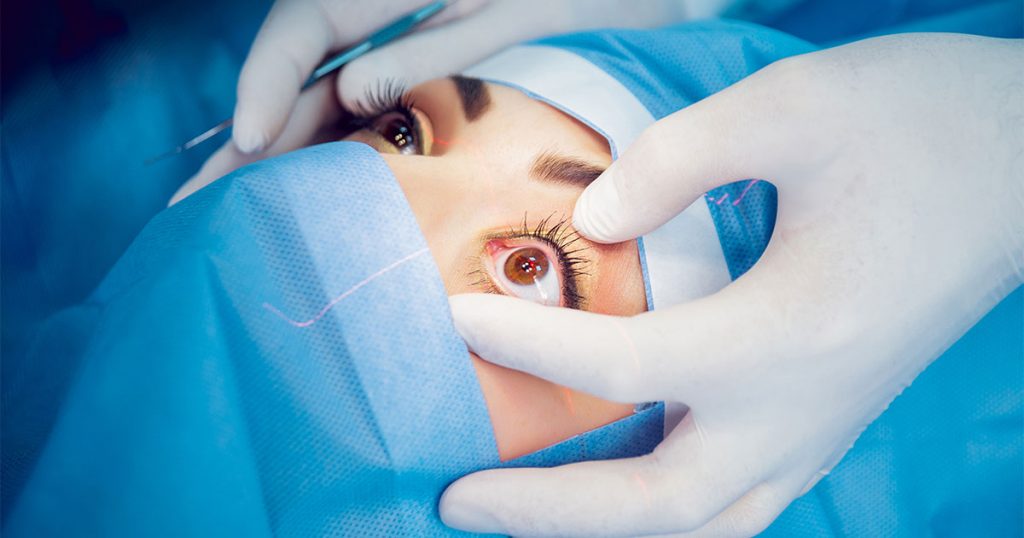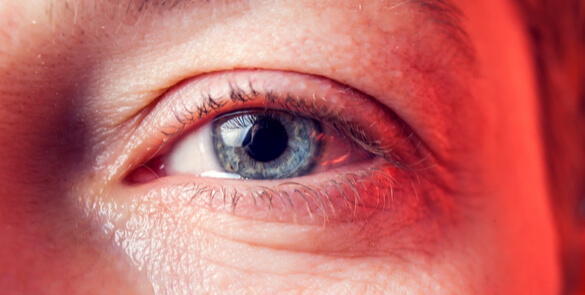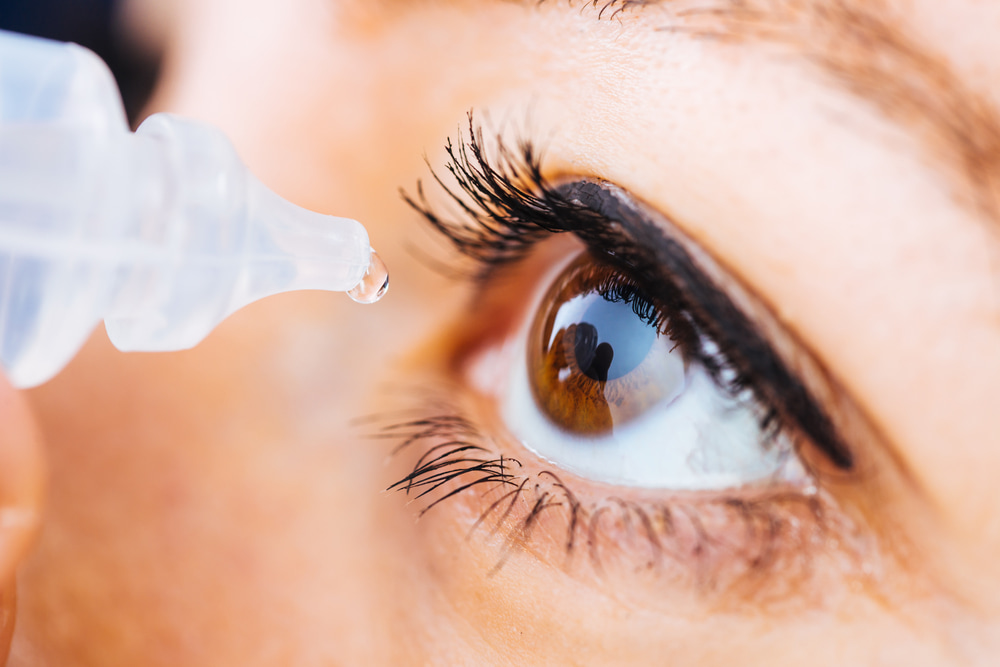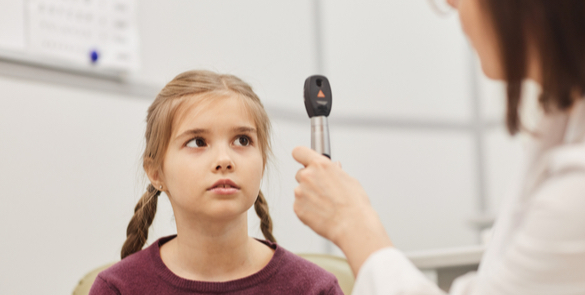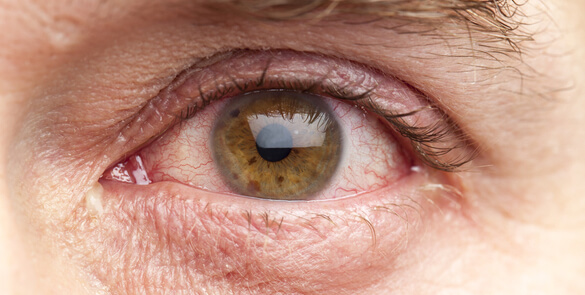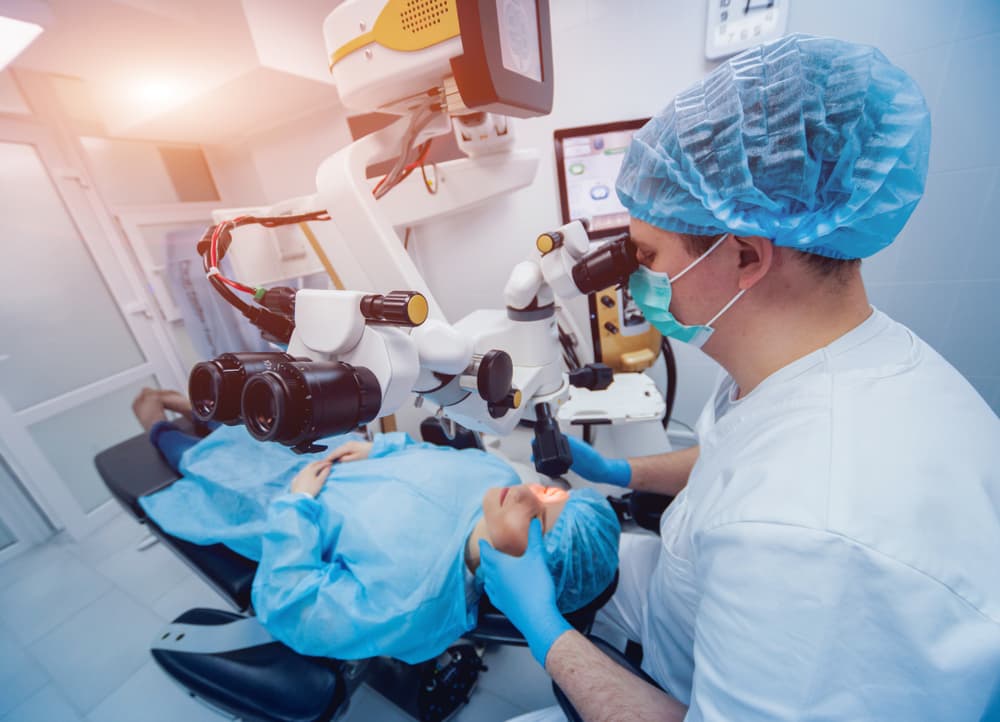Myopia, or short-sightedness, is an eye condition where distant objects appear blurry due to improper light focusing on the retina. While there is no cure, glasses or contact lenses can help. Recent studies highlight Atropine 0.01% eye drops as an effective myopia treatment to decelerate progression in children. Originally, Atropine 1% is utilised for pupil… Continue reading Myopia atropine treatment
Day of Surgery instructions
If you are scheduled for a day-case surgery with us, it is crucial to be well-prepared to ensure a smooth and safe surgical experience. From understanding the fasting guidelines to knowing what attire is appropriate, being informed can ease your anxiety and prepare you for a successful procedure. We strongly recommend downloading our detailed leaflet… Continue reading Day of Surgery instructions
Progressive Myopia Management
Glasses or contact lenses are prescribed to aid your child’s vision and allow them to see clearly. There is growing evidence in the medical literature to suggest that Atropine 0.01% eye drops can reduce the rate of myopia progression in children. Atropine 1% is currently used as a diagnostic eye drop in some clinics to… Continue reading Progressive Myopia Management
Laser iridotomy (iris hole)
About A laser iridotomy is generally performed either to lower the eye pressure in chronic narrow angle glaucoma, or to prevent and treat acute angle closure glaucoma (both of which can cause severe and irreversible vision loss if not treated). The treatment is only recommended if the risks to vision from glaucoma outweigh any risks… Continue reading Laser iridotomy (iris hole)
Dacryocystorhinostomy
Blocked Tear Duct. The tear ducts start at the inner corner of the eye with two small holes in the corner of the eyelids. Each hole is known as a punctum, they lead into small tubes known as canaliculi, which in turn drains into the lacrinal sac. This lies between the corner of your eye… Continue reading Dacryocystorhinostomy
Eye Drops Advice
Dilating Eye Drops Tropicamide 1% eye drops allow your Ophthalmologist to look inside your eye more easily by making the pupils bigger than normal. Phenylephrine Hydrochloride 2.5% may also be used if you have dark coloured eyes. The drops take about 30 to 45 minutes to work and the effect may last for up to… Continue reading Eye Drops Advice
Cyclopentolate Eye Drops
Cyclopentolate eye drops are used by your Optometrist, Orthoptist and Ophthalmologist to dilate the pupil and relax the focusing muscles of the eye. This enables us to assess the need for glasses and decide upon the correct strength of lens. It also allows the Ophthalmologist to check that the inside of the eye is structurally… Continue reading Cyclopentolate Eye Drops
Red Reflex Assessment
The red reflex test is a non-invasive test that can identify early warning signs of serious eye conditions in children, such as cataract (white water), glaucoma (blue water) and retinoblastoma (childhood eye cancer). Your paediatric ophthalmologist will perform a red reflex test using an ophthalmoscope; a magnifying instrument with a bright light. Preparation for the… Continue reading Red Reflex Assessment
Diabetic Macular Edem
Intravitreal Injection Treatment The macula is the central part of the retina at the back of the eye. It is responsible for fine vision (reading, writing, watching television, and recognising faces). Patients with diabetes may develop macular oedema (swelling of the retina) due to leaking of fluid from blood vessels. This causes the vision to… Continue reading Diabetic Macular Edem
Meibomian Gland Disfunction (MGD)
What is Meibomian Gland Disfunction (MGD)? Meibomian glands in the eyelids comprise about 25-40 glands in the upper eyelid and 20 – 30 in the lower eyelid. The function of these glands is to secrete oils onto the surface of the eye. These oils stabilize the tear film to keep the surface of the eye… Continue reading Meibomian Gland Disfunction (MGD)
Minimally Invasive Glaucoma Surgery
What is MIGS? The recent most increased interest in glaucoma surgery has been in Minimally Invasive Glaucoma Surgery (MIGS) with formidable results in mild to moderate glaucoma. These are designed to improve the safety of surgical intervention for glaucoma. Although initially coined minimally invasive, the term micro seems more appropriate because it truly differentiates these… Continue reading Minimally Invasive Glaucoma Surgery
Dry Eye Disease
What is Dry Eye Disease (DED)? Dry Eye Disease is a condition in which the eye does not produce tears properly, or when the tears are not of the correct consistency and evaporate too quickly. If left untreated, this condition can lead to inflammation and pain, ulcers, scarring of the cornea, and some loss of… Continue reading Dry Eye Disease
